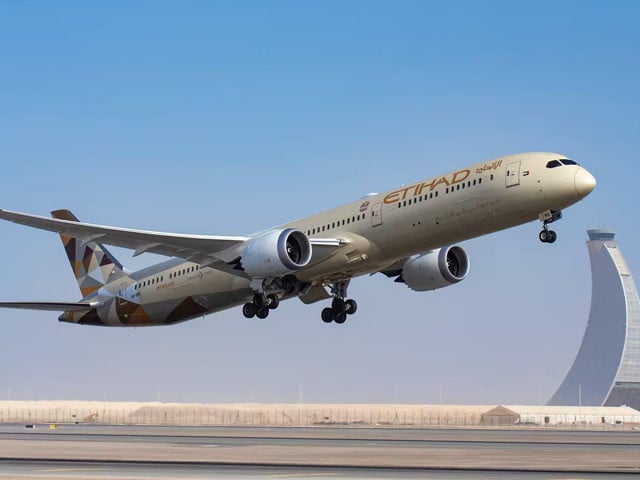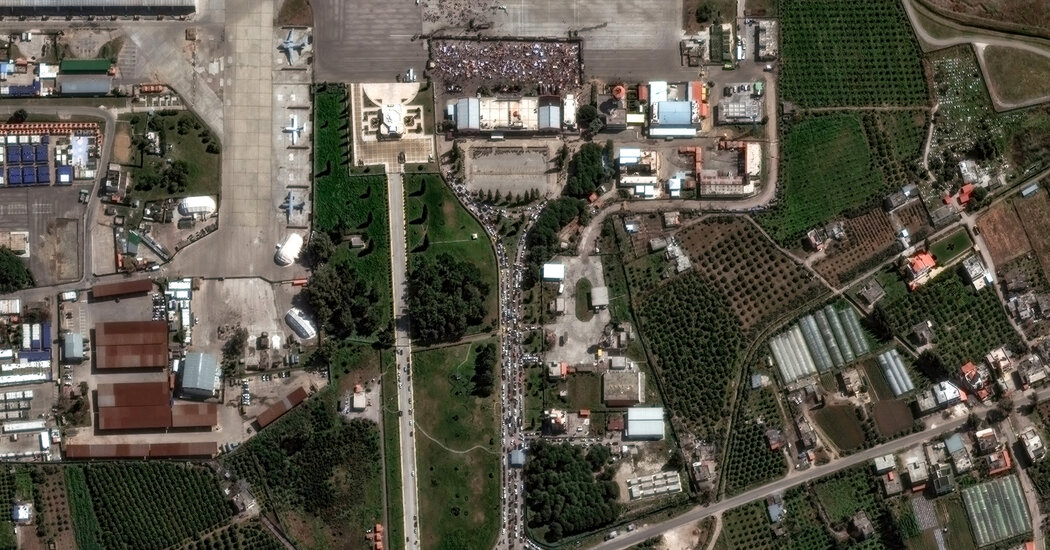Real airfares in the United Arab Emirates have declined by 35 per cent over the past 12 years, driven by rising competition, the expansion of low-cost carriers, and growing demand for air travel, the International Air Transport Association (IATA) said in a report released Wednesday.
“In the past 50 years, flight costs have decreased by 70 per cent globally, making air transport more accessible. The average real airfare in the UAE decreased by 35 per cent between 2011 and 2023,” IATA stated.
The launch of new carriers such as Air Arabia Abu Dhabi and Wizz Air Abu Dhabi has intensified price competition, alongside established players like Emirates, Etihad Airways, flydubai and Air Arabia, which operate hundreds of routes worldwide.
With seven airports offering commercial flights and direct links to 304 international airports in 109 countries, the UAE remains one of the most connected countries globally. In the past five years alone, airlines have added 162 new international routes.
“The UAE is a critical hub for global connectivity. The benefits of its super-connector role include bringing trade, tourism, investment, and jobs to the UAE,” said Willie Walsh, IATA’s director-general. “The leadership of the UAE has a strategic vision for aviation, supported by smart regulation and investment in world-class infrastructure.”
Airfare Affordability
Based on 2023 data, IATA estimated that UAE residents need to work just 1.9 days to afford a typical airfare, with average monthly income at Dh15,000. This translates to roughly Dh1,000 in two days, enabling access to budget-friendly destinations.
In contrast, residents in lower-income regions like Africa, India, Pakistan, and parts of the CIS must work over 15 days to afford an air ticket due to wage disparities and higher ticket costs.


